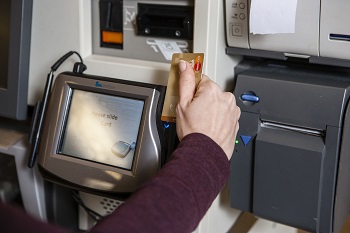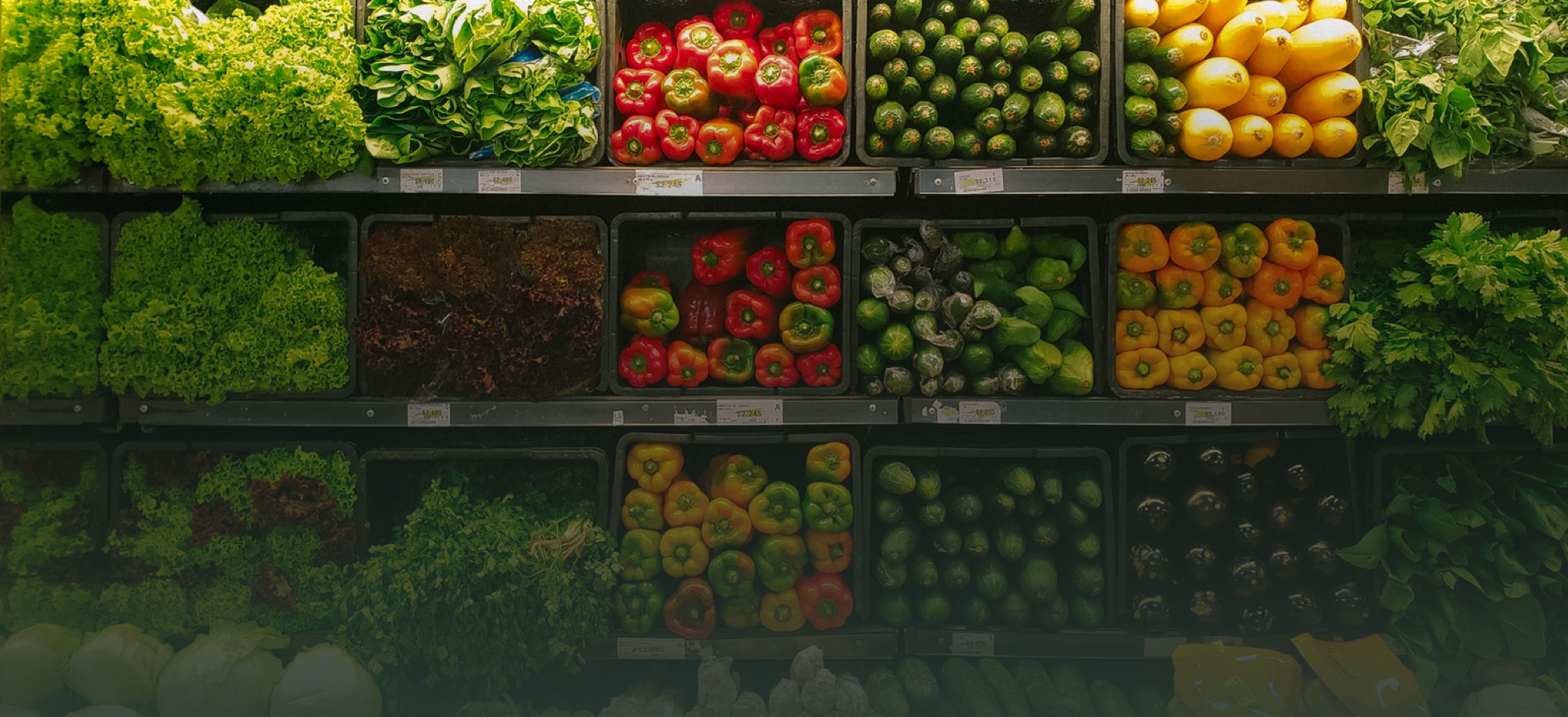By: Hannah Walker, Director of Government Relations, Food Marketing Institute

This Thursday, October 1, marks the liability shift date for merchants to be EMV-enabled and for issuers to have chip cards available in the market. As grocers, you know that if you are not EMV-enabled by Thursday, you will be saddled with counterfeit card fraud costs if the card presented is actually chip-enabled.
While the card networks have defended this liability shift as an incentive, or carrot, to encourage merchants to migrate, the grocery industry is correct in seeing Thursday’s liability shift as a stick minus any carrots. The fact is, the only carrots the grocery industry sees is in our produce department. Grocers are investing billions of dollars to convert their existing payments infrastructure to EMV in order to avoid the associated additional fraud costs and liabilities. Additionally, the networks are not promising to reduce swipe fees or help defray EMV costs; their only incentive is the threat of higher fraud costs. Additionally, the card networks decided to forgo truly fortifying EMV cards by mandating new cards be PIN-enabled; instead they chose to keep the less-secure signature authentication alive and well here in the United States.
The card networks arbitrarily selected October 2015 as the liability-shift deadline without consulting with merchants or without accounting for the realities of a food retail environment. First, the deadline was unattainably short for many grocers; the long queue for hardware, software, installations and certification ensured retailers would be hard pressed to make the deadline. Second, October marks the start of the retail industry’s busiest season, and this is absolutely not the best time to switch over to a new point-of-sale system and introduce a new in-lane experience for consumers. As you may recall, FMI raised these challenges with the card networks back in March of this year. Unfortunately, they decided to stick to the deadline in spite of the outside factors that made it impossible for many to meet the October 1 date.
In spite of all the obstacles and costs, grocers are continuing their transition to EMV. Grocers are committed to the security of their customers, including their payment security. Food retailers also recognize that the actual checkout lane is where the customer will learn to use an EMV card. Unlike the traditional swipe, EMV cards are dipped and must stay in the terminal until the transaction is complete. This change can cause consumer confusion, frustration and likely forgotten cards left at the register. Additionally, we have witnessed misunderstanding in the media and on the internet about the use of traditional magnetic-striped cards after October 1; despite what some reports have said, consumers’ fraud liability will not change as a result of the October 1 liability shift.
One area in which the food retail industry agrees with the card networks is that October 1st is not the end but a marker in a long transition for our economy. FMI will continue to engage with its members, card networks, media and other stakeholders to share grocers’ experiences, challenges and commitment to improving our payments system.

 Industry Topics address your specific area of expertise with resources, reports, events and more.
Industry Topics address your specific area of expertise with resources, reports, events and more.
 Our Research covers consumer behavior and retail operation benchmarks so you can make informed business decisions.
Our Research covers consumer behavior and retail operation benchmarks so you can make informed business decisions.
 Events and Education including online and in-person help you advance your food retail career.
Events and Education including online and in-person help you advance your food retail career.
 Food Safety training, resources and guidance that help you create a company food safety culture.
Food Safety training, resources and guidance that help you create a company food safety culture.
 Government Affairs work — federal and state — on the latest food industry policy, regulatory and legislative issues.
Government Affairs work — federal and state — on the latest food industry policy, regulatory and legislative issues.
 Get Involved. From industry awards to newsletters and committees, these resources help you take advantage of your membership.
Get Involved. From industry awards to newsletters and committees, these resources help you take advantage of your membership.
 Best practices, guidance documents, infographics, signage and more for the food industry on the COVID-19 pandemic.
Best practices, guidance documents, infographics, signage and more for the food industry on the COVID-19 pandemic.
